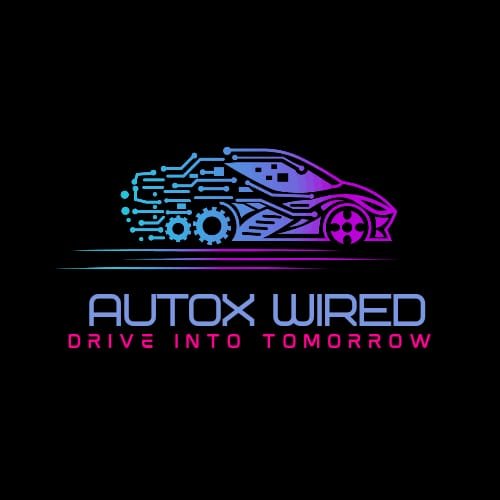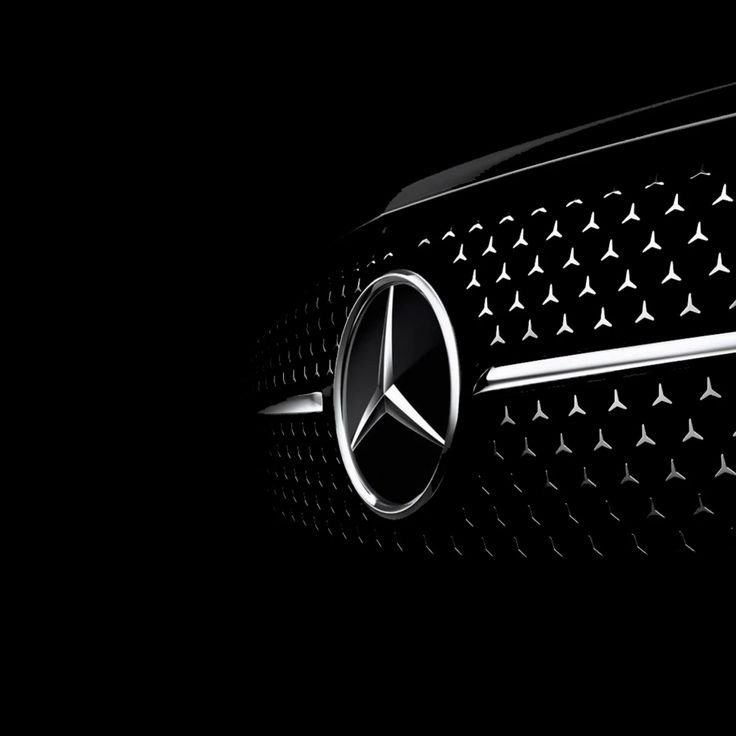
For years, hydrogen cars sat quietly in the shadow of battery electric vehicles (BEVs). While companies like Tesla led the EV revolution, hydrogen-powered vehicles never caught the same momentum. Experts once labeled them as expensive, impractical, and inefficient. But in 2025, something has changed.
Governments, automakers, and energy giants now re-invest in hydrogen. New infrastructure, better fuel cell technology, and a growing need for zero-emission alternatives have revived interest in hydrogen-powered transport. The question now demands an answer: Are hydrogen cars making a comeback?
Let’s explore the current landscape and the reasons behind this renewed push.
What Are Hydrogen Cars?
Hydrogen cars, also called fuel cell electric vehicles (FCEVs), use hydrogen gas to generate electricity on board. A fuel cell combines hydrogen with oxygen from the air to produce electricity, with water vapor as the only emission.
Unlike battery-powered electric vehicles, FCEVs do not require charging. Instead, drivers refuel them at hydrogen stations—similar to filling up with petrol or diesel. The process takes only 3–5 minutes.
Popular hydrogen car models include:
-
Toyota Mirai
-
Hyundai Nexo
-
Honda Clarity Fuel Cell (now discontinued in some markets but still influential)
Why Did Hydrogen Lose Ground Before?
Several reasons pushed hydrogen vehicles to the sidelines over the past decade:
1. Lack of Refueling Infrastructure
Most countries built very few hydrogen stations. In the UK, fewer than 15 stations operate regularly. This limited rollout made the cars impractical for everyday use.
2. High Production Costs
Building fuel cell systems required rare materials and complex engineering. Hydrogen cars cost more than both internal combustion and battery-electric vehicles.
3. Expensive Hydrogen Fuel
Hydrogen prices remained high, especially when companies produced it from fossil fuels instead of green sources.
4. BEVs Gained Momentum
Battery technology improved faster than fuel cell technology. Governments, automakers, and consumers embraced BEVs for their growing range, affordability, and home charging convenience.
What’s Changing in 2025?
Hydrogen cars now enjoy a second wave of interest, thanks to five major factors:
1. Green Hydrogen Becomes Affordable
Earlier, most hydrogen came from natural gas—a process that emits CO₂. Now, renewable energy powers electrolysis, splitting water into hydrogen and oxygen without carbon emissions.
Countries like the UK, Germany, Japan, and Australia have invested billions in green hydrogen production facilities. Costs have dropped, and experts project further reductions through 2030.
With abundant clean hydrogen, fuel cell vehicles make more environmental and economic sense.
2. Governments Push for Fuel Diversity
The world learned a hard lesson during the energy crises of the early 2020s. Over-reliance on electricity grids created vulnerabilities, especially during peak load or extreme weather events.
Now, countries like Germany and the UK promote fuel diversity—encouraging hydrogen alongside electricity. Hydrogen supports sectors that face electrification challenges, such as:
-
Heavy-duty transport
-
Long-haul logistics
-
Public buses and municipal fleets
-
Trains on non-electrified tracks
To align with these strategies, some governments now offer new incentives for hydrogen vehicle buyers and subsidies for hydrogen fueling stations.
3. Automakers Return to Hydrogen R&D
Car manufacturers that once paused fuel cell development now return to it with a fresh mindset.
-
Toyota unveiled the second-generation Mirai with increased range and better performance.
-
Hyundai expanded its Nexo program and revealed plans for hydrogen-powered commercial trucks.
-
BMW launched a limited fleet of iX5 Hydrogen SUVs in Europe.
-
Honda, after pausing, recently announced a new hydrogen-electric hybrid strategy.
Automakers now treat hydrogen as complementary to BEVs, especially in markets where rapid EV charging remains limited.
4. Infrastructure Builds Momentum
Europe leads the hydrogen station expansion, with over 250 public stations operational and hundreds more under construction. The UK government allocated funds for hydrogen highway corridors, enabling long-distance travel in FCEVs.
Private companies, including Shell and BP, now invest in hydrogen pump networks at existing petrol stations. In Germany, H2 Mobility runs a coordinated effort to build a comprehensive hydrogen refueling grid.
By 2030, experts predict most major highways in Western Europe will support hydrogen refueling.
5. Long Range & Fast Refueling Attract Consumers
Battery EVs offer convenience at home but often suffer from long charging times and reduced range in cold climates. Hydrogen vehicles fill these gaps.
-
Toyota Mirai offers 400+ miles of range.
-
Refueling takes under five minutes, matching the experience of petrol or diesel cars.
-
Cold weather doesn’t degrade performance or range, unlike most lithium-ion batteries.
Fleet operators, taxi services, and rural users see strong value in hydrogen—especially where home charging remains impossible.
Where Is the UK on Hydrogen?
The UK government unveiled the British Hydrogen Strategy, which includes:
-
£240 million for low-carbon hydrogen production
-
A national goal to build 1,000+ hydrogen buses
-
New targets for hydrogen refueling infrastructure
Companies like JCB and Rolls-Royce also invest heavily in hydrogen-powered machinery and aerospace solutions.
In the auto sector, ULEMCo, a UK-based startup, retrofits vans and trucks with hydrogen dual-fuel systems. This bridges the gap while full-scale hydrogen vehicle production ramps up.
Barriers That Still Remain
Hydrogen vehicles still face key challenges:
1. Limited Model Choices
Most manufacturers offer only one hydrogen model—or none at all. Consumers demand variety, which remains lacking compared to the growing BEV lineup.
2. Upfront Costs
Despite falling prices, hydrogen cars still cost more than comparable EVs. Consumers want value, and many hesitate without strong government incentives.
3. Infrastructure Catch-up
While the network is expanding, hydrogen stations remain scarce outside major cities. Until refueling becomes seamless nationwide, adoption will move slowly.
Who Stands to Benefit the Most?
Hydrogen works best in specific use cases:
-
Commercial fleets, where high uptime and fast refueling matter
-
Long-distance drivers who can’t rely on charging stops
-
Cold-weather regions where batteries lose efficiency
-
Countries with abundant renewable energy to create green hydrogen
Hydrogen may never dominate personal cars the way BEVs do—but it offers crucial advantages where electricity alone falls short.
Conclusion
Hydrogen cars never truly disappeared—they simply waited for the world to catch up. In 2025, the stars finally align: cheaper green hydrogen, government support, improving tech, and rising infrastructure.
Hydrogen vehicles won’t replace battery EVs, but they now offer a credible alternative—especially in commercial, long-distance, and fleet segments.
So yes—hydrogen cars are making a comeback. And this time, they may stick around for good.





